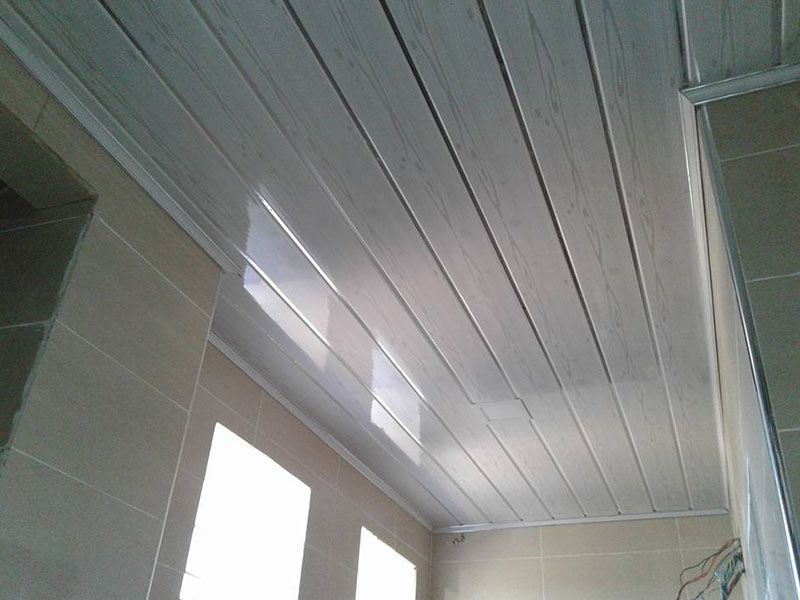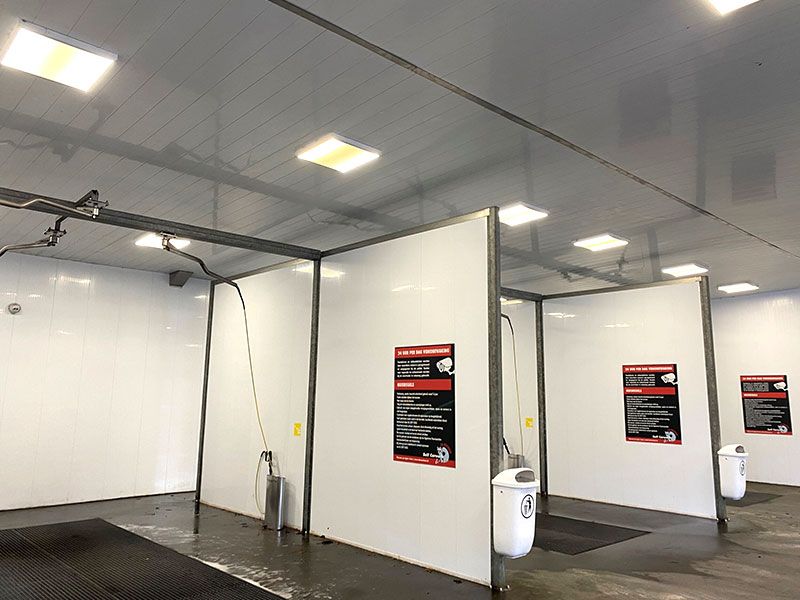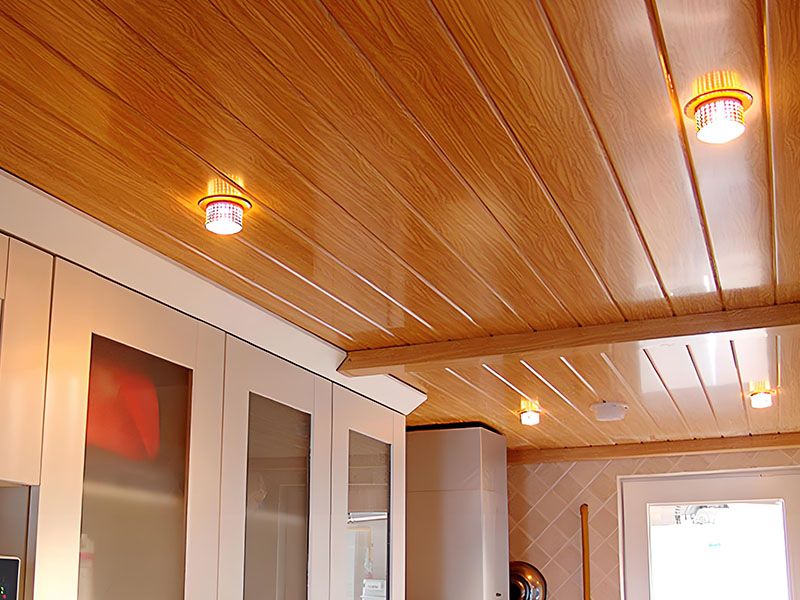Elevate Your Outdoor Space: Choosing PVC Ceiling for Your Canopy
A canopy is a fantastic addition to any home, providing shade, shelter, and an attractive extension of your living space. To complete the look and offer maximum protection, the choice of ceiling material is crucial. Among the many options, PVC (Polyvinyl Chloride) ceiling panels have emerged as a highly popular and practical choice for modern canopy applications.
Here is an article exploring the benefits, considerations, and installation of using a PVC ceiling for your canopy.
Why Choose PVC for Your Canopy Ceiling?
PVC ceiling panels offer a compelling blend of functionality, aesthetics, and value, making them an ideal solution for outdoor or semi-outdoor structures like canopies.
1. Superior Water and Moisture Resistance
This is arguably the greatest advantage for a canopy application. Being 100% waterproof, PVC panels are impervious to rain, condensation, and high humidity. Unlike wood or gypsum (plasterboard), PVC will not swell, rot, warp, or support the growth of mold and mildew, ensuring the ceiling remains pristine even in damp environments.
2. Durability and Longevity
PVC is a robust and long-lasting material. Once installed, these panels can endure for years with minimal maintenance, resisting damage from mild impacts, scratches, and, with the right quality, a degree of UV exposure. This resilience makes them a smart long-term investment for an outdoor structure.
3. Low Maintenance
Forget the need for regular painting, varnishing, or sealing. PVC panels are exceptionally easy to clean. A simple wipe-down with a damp cloth or a mild household cleaner is all it takes to keep them looking new, saving you time and effort over the life of the ceiling.
4. Cost-Effective
Compared to many traditional ceiling materials, PVC panels are relatively inexpensive. Their ease of installation (often being lightweight and having interlocking systems) also contributes to lower overall project costs, making them a budget-friendly option.
5. Versatility in Design
PVC ceilings come in a wide variety of colors, textures, and finishes. You can find panels that convincingly mimic the look of natural wood, sleek metallic finishes, or a classic matte white. This design flexibility ensures you can match the ceiling to your home’s existing aesthetic or create a custom, high-quality look for your canopy.
6. Easy and Clean Installation
PVC panels are lightweight, which makes them easier and safer to handle overhead. They typically use a tongue-and-groove or grid system, allowing them to be installed quickly and cleanly, often without the dust and mess associated with cutting plasterboard or other materials.
Important Considerations for Canopies
While PVC is an excellent choice, there are a few factors to keep in mind, especially for an outdoor canopy:
- Heat and Temperature: PVC can warp or distort when exposed to extreme, intense heat. For canopies, ensure there is adequate airflow and avoid placing heat-emitting fixtures, like older incandescent bulbs, directly against the panels. Modern LED lighting is highly recommended as it produces very little heat.
- UV Exposure: For a long lifespan and to prevent yellowing or fading, choose UV-stabilized or high-quality PVC panels, as they are specifically designed to resist degradation from sunlight.
- Aesthetic Preference: While designs have improved, some people may still prefer the look and feel of natural materials like real wood.Choosing a textured, matte-finish PVC can help achieve a more natural, high-end appearance.
Installation Overview
Installing a PVC ceiling under a canopy is often a manageable DIY project, or a quick job for a professional. The process generally involves three main steps:
- Preparation and Framing: A secure framework (usually wood or metal battens) is installed underneath the canopy roof structure. The spacing should align with the panel manufacturer's recommendations.
- Fitting Trims: U-shaped or J-trims are typically secured around the perimeter of the canopy frame. These trims neatly hold the edges of the PVC panels, hiding any rough cuts and creating a clean finish.
- Panel Installation: The panels are cut to length and then interlocked one by one. The first panel is often secured through the lip (flange) to the frame, and subsequent panels slide into the groove of the previous one, concealing the screws. The final panel is cut to width and sometimes secured with adhesive or a specialized edge trim.
Conclusion
For a practical, attractive, and durable canopy ceiling, PVC panels are an excellent choice. Their outstanding resistance to moisture, low-maintenance requirements, and cost-effectiveness solve many of the challenges associated with semi-outdoor structures. By selecting a quality, UV-resistant product and planning the installation correctly, you can ensure your canopy ceiling is a beautiful, worry-free feature for years to come.




